Marketing is an important part of any business. People need to know about a product before they buy it, and businesses need to convey exactly what their product or service does in order to make that sale. The seven P’s of marketing is a classic marketing tool used to study what a brand or product is offering to the market. We’ve dug up some great historical examples of the 7Ps from advertisements stored in our collections.
Product
Does the product fit to the needs of the current market and to your customer’s needs?
R. Mathison Printing was a printing business in Vancouver. They used to create and print graphical materials for their customers, usually with mixed fonts and fancy graphics, which helped to promote the companies and make them stand out from the competition.
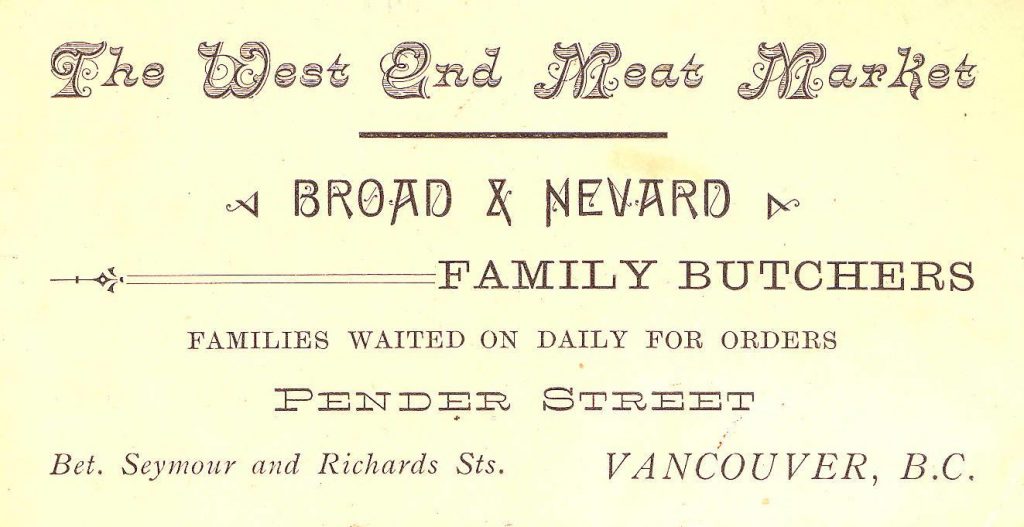
[Business card for The West End Meat Market, Broad & Nevard family butchers], 1888
Price
Does the price represent the value of your product or service?
Our example is from the Chung Collection, specifically the Canadian Pacific Railway (CPR). It’s difficult to establish balanced prices that consider both the business (profit and costs) and the customer. But people tend to pay more for products and services of higher quality. At all quality levels, the secret is to charge a price that customers feel is fair.
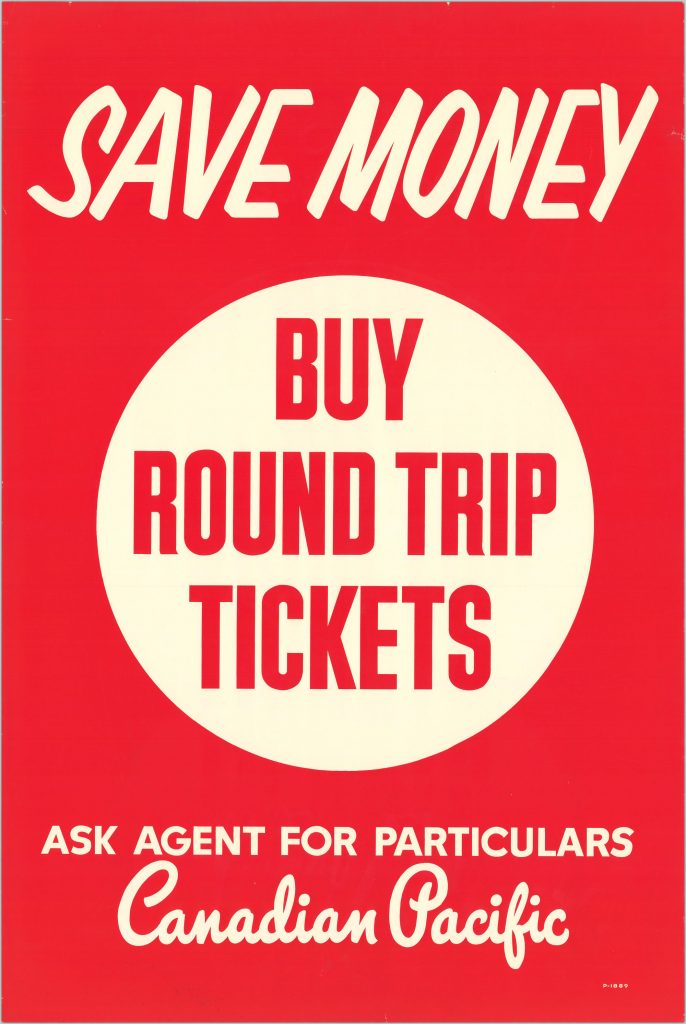
Save money: buy round trip tickets, 1950
Promotion
How do you promote your business, product and services? Which channels and tools do you use?
Our example of promotion is from WWI and WWI Posters. This poster targeted individual people, signifying to everyone who saw the ad that they could be aiding the war effort.
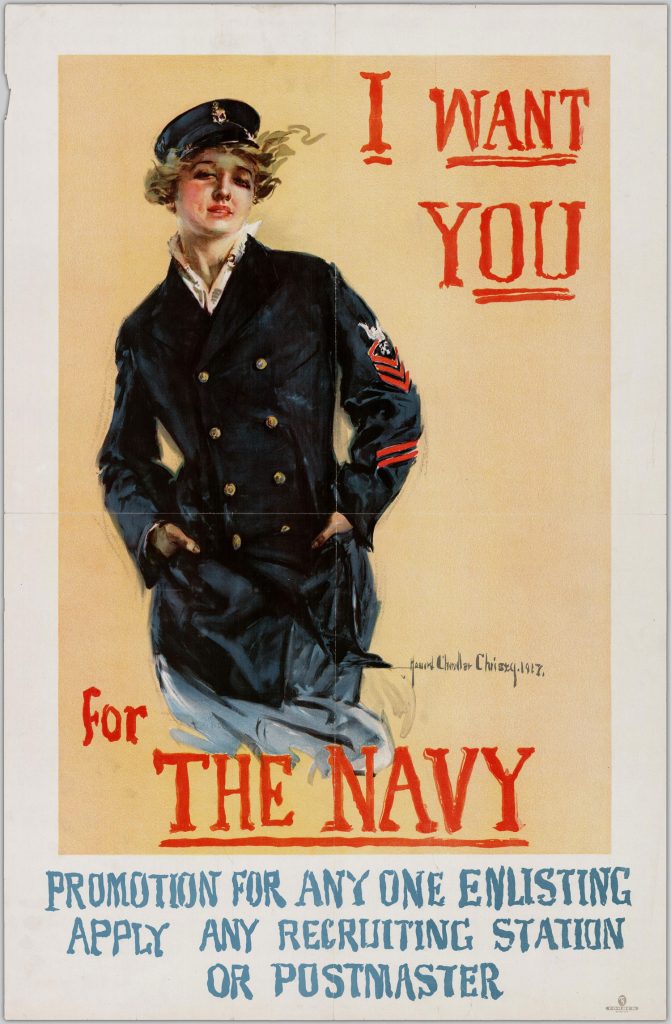
I want you for the navy. Promotion for any one enlisting, apply any recruiting station or postmaster, 1917
Place
Where do you sell your product or service?
Our example for “Place” is from the Yip Sang Collection. This company was located in Chinatown and offered several services, including money transfer from Vancouver to Hong Kong, import and export of goods from China and Japan, and contracting Chinese workers for the Canadian Pacific Railways.
The company offered services to a specific audience, the Chinese population of Vancouver, so location was fundamental to the success of the business. Find out more by checking out the post Explore Open Collections: Yip Sang Collection.

[Letter, Lu Jin Yu to younger brother Lu Ji Yu, informed money was sent, ca. 1915]
People
Do you have the right people in your business to represent your brand?
The best example we have is from the Chung Collection and is specifically from the Canadian Pacific Railway (CPR). One of their businesses was telecommunications. Their telegram delivery boys were famous, and not just for their iconic uniforms. They acted as brand ambassadors for the company and made people feel very important whenever they received a delivery. If you want to read more about the CPR, check out the Eight business lessons from CPR.

[Telegram from Yeelunco], 1951
Processes
What are the processes associated with your customer experience?
Defining stable processes is an important part of standardizing the quality of a product or service. Our example is from the Chung Collection, and once again comes specifically from the Canadian Pacific Railway (CPR). The CPR had several hotels and restaurants over Canada and they created a guide to standardize the menus across the country.
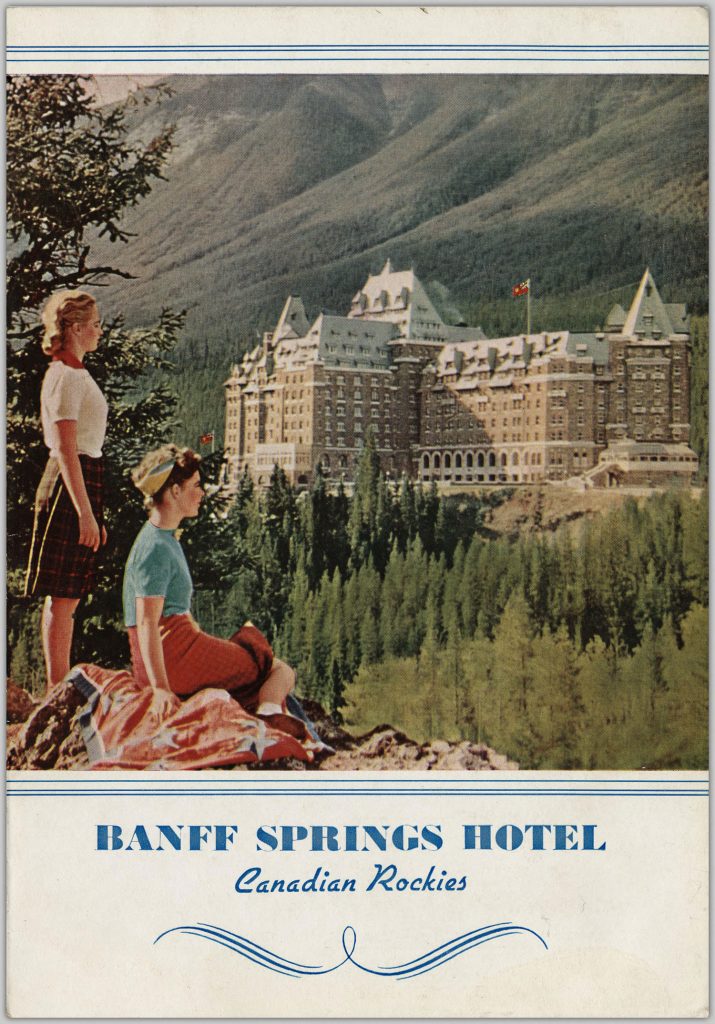
Menu from the Canadian Pacific Railway Company dining car service, 1942
Physical evidence
What are the physical commodities and spaces that facilitate service performance?
One of the UBC’s goals is to create an exceptional learning environment. Proof of that is the infrastructure that the University offers for the development of research, learning and teaching through its beautiful campus. Our example is from our UBC Archives Photograph Collection:
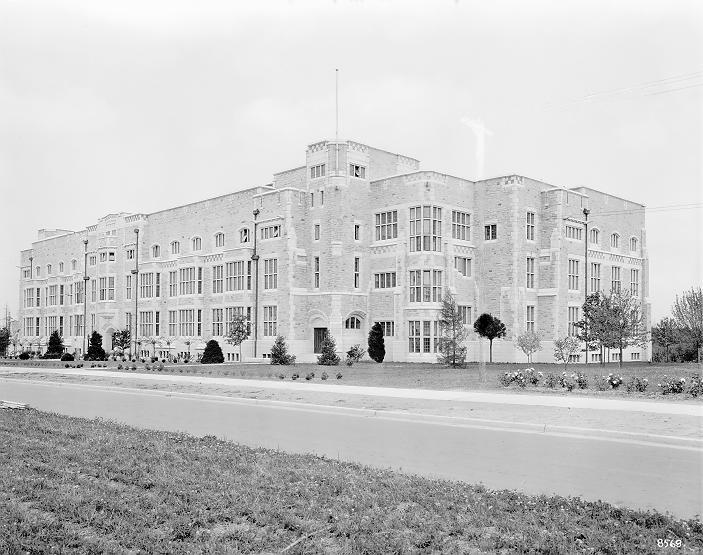
Science building, 1927
Sources:
How to use the 7Ps marketing mix? (Smart Insights)
Marketing theories: the marketing mix, from 4 Ps to 7 Ps (Professional Academy)


